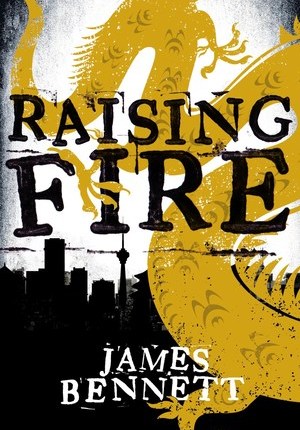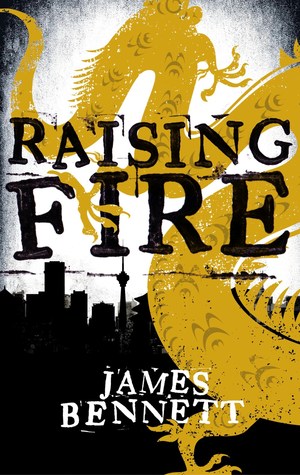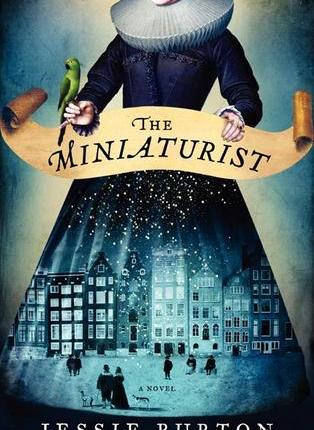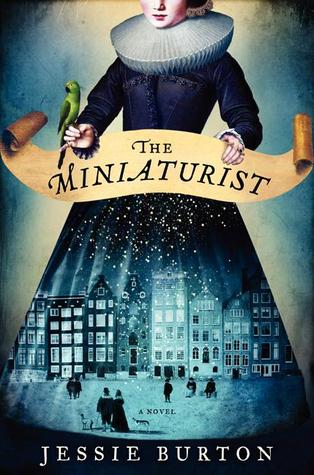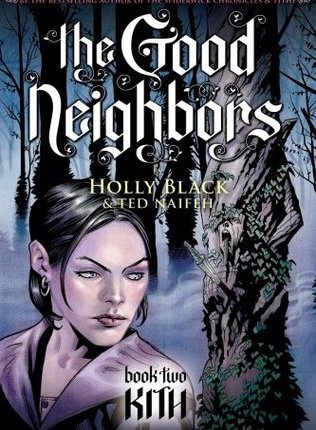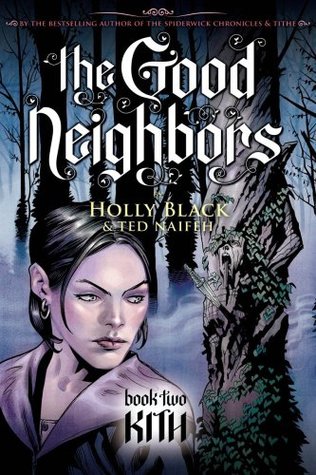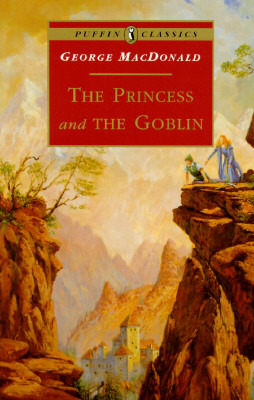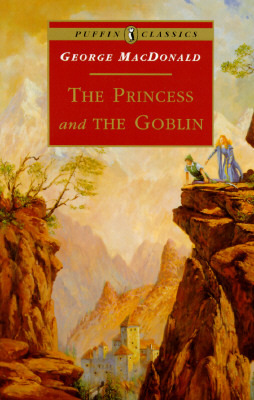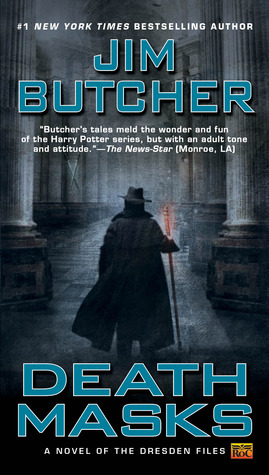 Harry Dresden can’t catch a break… or a full night’s sleep. He’s up against the Red vampire court, he’s being attacked by supernatural creatures with powers he’s never seen before and his ex-girlfriend is back in town.
Harry Dresden can’t catch a break… or a full night’s sleep. He’s up against the Red vampire court, he’s being attacked by supernatural creatures with powers he’s never seen before and his ex-girlfriend is back in town.
But, you can’t keep a good wizard down, right?
Even when you introduce a holy relic into the tale: “Someone stole the freaking Shroud of Turn?’ I demanded. ‘Yes.’ I settled back into the chair, looking down at the photos again. This changed things. This changed things a lot.” pg 28
In case you haven’t read the first four entries in this series: Harry Dresden is a wizard for hire. He solves supernatural crimes, he finds lost items and he never seems to make enough money to be comfortable.
“I’d learned something in several years of professional wizarding. Never walk into a fight when the bad guys are the ones who set it up. Wizards can call down lightning from the heavens, rip apart the earth beneath their enemy’s feet, blow them into a neighboring time zone with gale winds, and a million other things even less pleasant- but not if we don’t plan things out in advance.”pg 58
Some criticisms of this series are that the humor is juvenile and corny. I’ll confess: it is. But I still love it.
“I get more threats before nine a.m. than most people get all day,” I responded, and shut the door on him. Purely for effect, I locked it too. Me, petty? Surely not.” pg 110
If I was a male wizard, I think I’d be something like Harry. I’d go in with the best of intentions and end up with the most mediocre of results.
Harry stands up for the little guy and has a soft spot for the ladies. He protects children and holds the door for women.
He likes to drink, wears a leather duster and can’t seem to sleep even when he’s exhausted.
Aren’t we all, in some ways, Harry Dresden? Fighting the good fight, even though we know that death waits around the corner?
“Apocalypse, as you refer to it, isn’t an event. … Apocalypse is a frame of mine,” he said then. “A belief. A surrender to inevitability. It is despair for the future. It is the death of hope.” pg 353
Recommended for fans of urban fantasy and especially the Iron Druid Chronicles by Kevin Hearne. I am a fan of The Dresden Files despite the fact that it can seem formulaic. I think Harry Dresden is worth the read.
Thanks for reading!
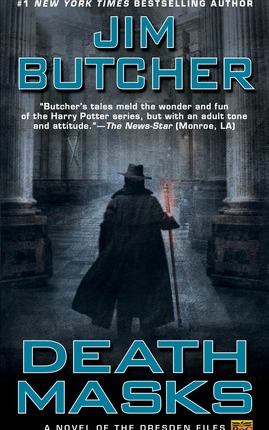
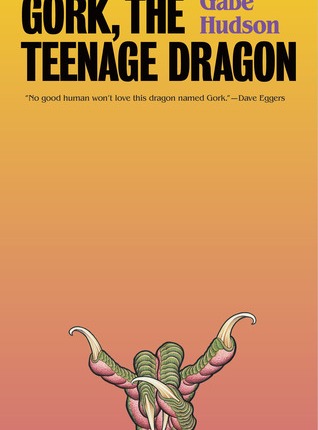
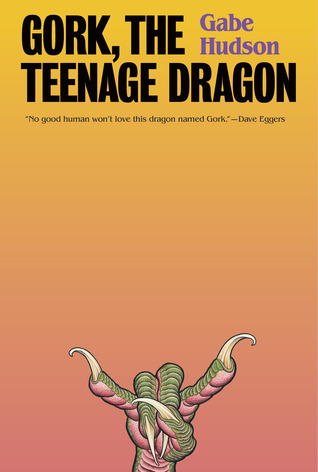
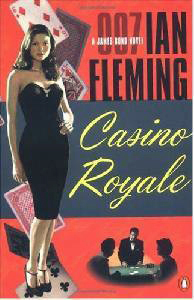
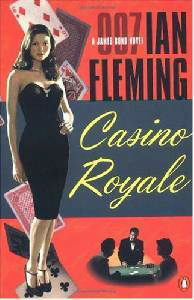
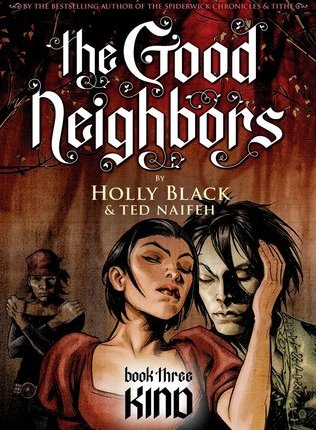
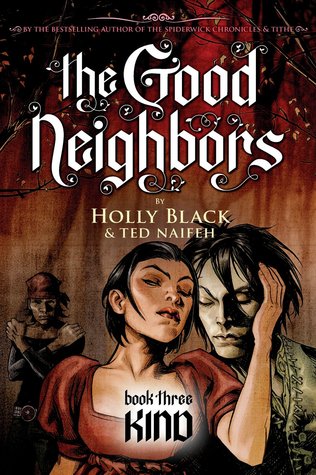 Rue’s grandfather put his nefarious plan to merge the faerie world with the normal one in motion at the end of the last book. Now, everyone in Rue’s town is going bonkers. Faeries are roaming the streets, eating and manipulating humans. The more organized groups of people are fighting back. It’s a mess.
Rue’s grandfather put his nefarious plan to merge the faerie world with the normal one in motion at the end of the last book. Now, everyone in Rue’s town is going bonkers. Faeries are roaming the streets, eating and manipulating humans. The more organized groups of people are fighting back. It’s a mess.